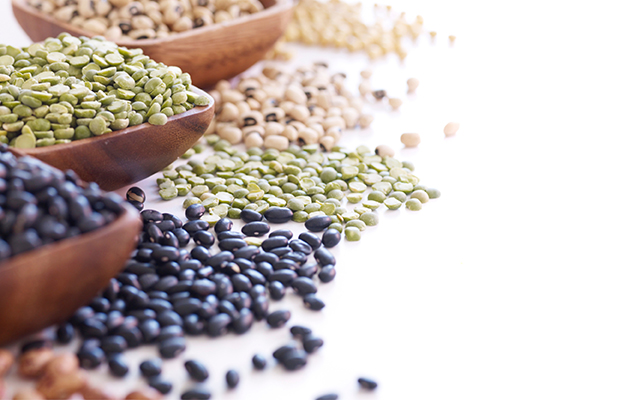1. Up your fiber and water intake.
Aim for the equivalent of eight 8-ounce glasses of water a day, as well as many colorful whole-food sources of fiber, such as legumes, veggies, whole grains, and fruit. Tossing back a super-greens drink can also help amplify your daily water and fiber intake. Remember that both are critically important to the processes that expel polluted bile from the body. According to Carolyn Dean, MD, ND, coauthor of IBS Cookbook for Dummies, the foods that most promote constipation are high-starch foods, dairy products, sugar products, dehydrated foods, and low-fiber foods, in general.
2. Do not ignore the urge.
Sure you’re busy, but it’s important to respect your body’s rhythms and answer its calls to action. If you ignore those urges too often, or delay responding to them for too long, you can wind up desensitizing your body. As a result, it will be less likely to cooperate or respond to your cues when you finally decide it’s “a good time” to go.
3. Keep a diary.
If you aren’t sure whether your bowel habits are healthy, consider journaling about your journeys to the bathroom. It may sound a little silly, but it can be helpful in identifying the timing and nature of your slow-downs — and the impact of your healthy lifestyle adjustments.
Concerned about the patterns you see? Share the written record with your health professional.
4. Avoid the frequent use of laxatives.
The gut has a natural rhythm, says Victor Sierpina, MD, a professor of integrative medicine at the University of Texas Medical School in Galveston, Texas, and author of The Healthy Gut Workbook, and strong laxatives tend to disrupt it: “I don’t want my patients to get their guts habituated so that they always need to take something to have a normal bowel movement.”
Occasional use of a natural fiber supplement is probably fine, but if constipation is a chronic problem, lifestyle adjustments are a better solution. (See “How to Stay Regular Without Laxatives” for more.)
5. Exercise.
Being sedentary compounds constipation, while exercise increases the gut’s blood flow and improves gastrointestinal motility. Taking a short walk is often all it takes to convince your body it’s time to go. Certain yoga asanas are helpful in nudging sluggish systems into gear. Make daily exercise a priority, and make a point of getting up from your desk every 60 to 90 minutes.
6. Rise and shine.
Schedule some loo-time in the morning, preferably after eating breakfast. “The activity in your stomach helps stimulate action in the colon,” says gastroenterologist Saad Habba, MD. “Plus, motility is often at its best in the morning. We think it might be related to the body’s circadian rhythm.”
If mornings are hectic around your house, try getting up 10 minutes early so you can have the bathroom to yourself.
7. Improve your toilet technique.
Yes, you’ve been sitting on the john since you were a tot, but if constipation is an issue, you might want to reconsider your technique.
Many experts recommend a “semi-squatting” position. There is a very good reason why so many people around the world squat to poop, says Carolyn Dean, MD, ND. And it’s not just about primitive plumbing.
More specifically, the puborectalis muscle supports the rectum and enables us to control when we poop. The muscle acts as a safety valve. When we sit or stand, the muscle is taut. When we squat, the muscle relaxes, like a hammock, and that slack encourages bowel evacuation. That relaxation of the muscle, plus sheer convenience, is why many cultures continue to squat and poop. “
The anal sphincter ties things off so you won’t lose anything,” says Dean, “but a good squat or semi-squat stretches the sphincter so you can have a good bowel movement.” While Dean doesn’t recommend you rip out your toilet, she does suggest getting your knees a few inches above your hips to better enable the muscles of the pelvic floor to relax.
The easiest way is to get a small footstool, place it in the bathroom near the toilet, and put your feet on it when you sit down. If you share a bathroom with small children, you might have a stepstool handy. If not you can just take all the “books and magazines you’ve been reading during your constipated sessions on the toilet and pile them into a makeshift stool,” she says. “You won’t need to keep reading material in the john anymore because your sessions will fly by!”
If just propping up your feet doesn’t do the trick, Dean recommends leaning forward on the toilet seat until your chest touches your knees. Then wrap your arms around your thighs. Then inhale deeply. Then exhale as you push down on your pelvic muscles.
If you are away from home and don’t have access to your footstool, just do the hug part of this exercise with a long deep breath.
These tips originally appeared in “Overcoming Constipation” in the November 2011 issue of Experience Life.




This Post Has 0 Comments